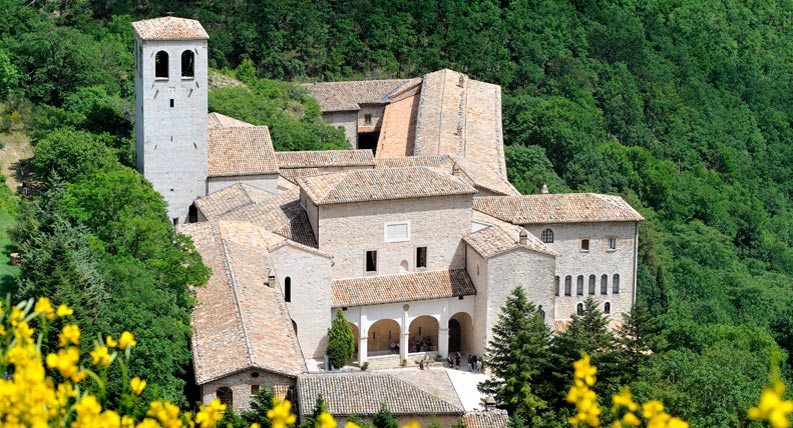Orazio Tarditi (1602-1677)
Monaco Camaldolese – INEDITED

Vespro della Beata Vergine
“In Festo Annuntiationis B.V. Mariae”
Trascrizione a cura di Sergio Balestracci
- Versus Deus in adiutorium meum intende
- Responsum Domine ad adiuvandum a 8 voci con violini
- Antiphona Missus est
- Psalmus 109 Dixit Dominus a 6 voci con violini
- Motectum O Virgo benedicta a 2 soprani
- Antiphona Ne timeas Maria
- Psalmus 112 Laudate pueri a 3 voci con violini
- Motectum Una est a 3 voci
- Antiphona Gabriel Angelus
- Psalmus 121 Laetatus sum a 8 voci
- Motectum Ave clementissima Maria a 3 voci
- Antiphona Dabit ei Dominus
- Psalmus 126 Nisi Dominus a 8 voci
- Motectum Gaudete fideles a 2 voci con violini
- Antiphona Virgo verbo concepit
- Psalmus 147 Lauda Jerusalem a 8 voci
- Motectum Plaudat mundus a 3 voci con violini
- Capitulum
- Resp. Br. Angelus Domini
- Hymnus Ave Maris Stella a voce sola con violini
- Versus Ave Maria, gratia plena
- Responsum Dominus tecum
- Antiphona Beata Mater
- Magnificat a 8 voci
- Versus Benedicamus Domino
- Responsum Deo gratias
- Antiphona Salve Regina a 4 voci
Speaking of the Vespro della Beata Vergine immediately we think of Monteverdi’s work published in 1610 with a definite set of pieces. In the case of Tarditi’s Vespro, the work has been created for this occasion, taking psalms and motets this musician composed between 1625 and 1663, that is an enough long period, following the liturgy of that time. In the seventeenth century it was quite common taking different pieces from published sets of sacred music for the necessity of church celebrations, an age when sacred music had a particular success, especially in Italy. Compared to Monteverdi’ ones Tarditi’s pieces are less theatrical, soberer, with an inner sensibility, that is characteristic of the Roman musical school and of the Camaldolite order, to which Tarditi belonged. In this Vespro we can find many elements of the XVII century sacred music: the use of organ for basso continuo, short entries for violins, double choirs, frequent changes soli-tutti, chordal sequences, sudden exprerssive rests, flourishing counterpoint alternating with simple declamation, as the Council of Trent had recommended, the deep prayer of solo singing. The whole musical work of this monk was so appreciated that both during his life and after his death his compositions were performed in many Italian churches. We do not know so much of his life: he was born in Rome in 1602 and died in Forlì in 1677; we know something of his life reading the prefaces or the dedications of his printed music. So we can say that he became Camaldolite monk in Ravenna, in 1617, that he was organist in the Arezzo Cathedral in 1625, and afterwards we find him in the most important centres of his order: organista at St. Michael’s church in Murano, chapelmaster in Volterra, in 1637, in Forlì in 1639, in Iesi in 1644, at St. Apollinare in Classe in 1647 and finally at the Faenza Cathedral until his death. During these years Tarditi always was active as composer, publishing a lot of works in Venezia (particularly masses, psalms and motets, but also some secular set of pieces). He was famous especially for motets for solo voice or duets with basso continuo (as you can see in his beautiful O Virgo benedicta in this program). The assembling of this Vespro, aims to give a contribution to the knowledge of the great musical repertoire of Italian sacred music during the XVII century, even in our times not often performed.
